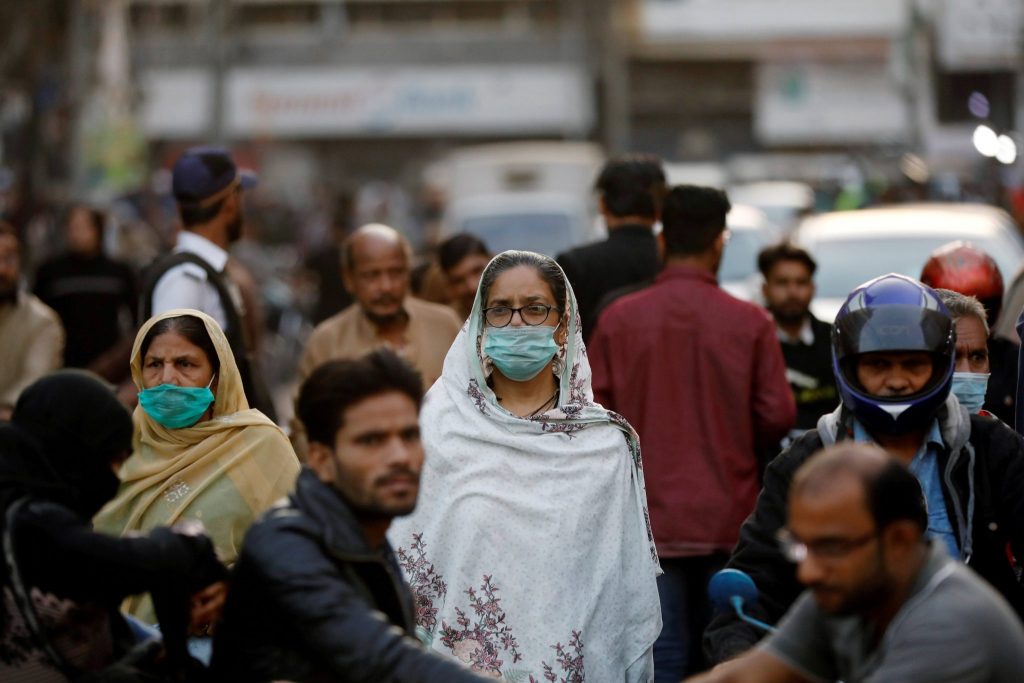Introduction
Pakistan’s health crisis and its economic cost in LMICs” is a growing emergency—one that threatens both the well-being of citizens and the country’s economic future. In countries like Pakistan, health is often seen as a humanitarian issue. But poor health also brings a hidden cost: economic loss. Diseases reduce productivity, drain family income, and increase poverty. Pakistan’s growing illness burden is hurting the economy more than we realize. We must treat this crisis as a national emergency—and call for urgent help from both local leaders and global partners.

Understanding Pakistan’s Health Crisis and Its Economic Cost in LMICs
Pakistan is among the few countries simultaneously battling infectious diseases and an accelerating rise in non-communicable diseases (NCDs). Communicable diseases such as hepatitis, tuberculosis, and dengue fever remain widespread. At the same time, lifestyle-related illnesses like diabetes and cardiovascular disease are surging.
According to the World Health Organization (WHO), NCDs account for 58% of total deaths in Pakistan annually [1]. Additionally, Pakistan has the world’s 5th highest burden of tuberculosis, with over 570,000 new cases reported annually [2].
Why Pakistan’s Health Crisis Is an Economic Issue for LMICs
Mental health remains critically neglected. A report by the Pakistan Association for Mental Health (PAMH) estimates that more than 24 million Pakistanis suffer from mental disorders, yet there are fewer than 500 practicing psychiatrists for a population exceeding 240 million [3].
Economic Toll of Poor Health
Experts emphasize that Pakistan’s health crisis and its economic cost in LMICs must be treated as a national development issue—not just a healthcare concern.
🔹 Productivity Losses
Unhealthy workers reduce labor force productivity and increase business costs. The International Labour Organization (ILO) estimates that up to 6% of GDP is lost annually in LMICs due to worker illness and absenteeism [4].
Depression and anxiety may cost the global economy $1 trillion every year. This is mostly due to lost work and lower productivity, says WHO and the World Economic Forum [5].
🔹 Out-of-Pocket Health Spending
Pakistan spends only 1.2% of its GDP on public healthcare, one of the lowest rates in South Asia. As a result, over 60% of health spending comes directly from citizens’ pockets, pushing many families below the poverty line after major illness episodes [6].
The Mental Health-Economy Link
Mental illness remains an invisible economic burden. Conditions like anxiety, PTSD, and depression affect learning, memory, and decision-making—key elements in both educational and work performance.
In workplaces, untreated mental health problems result in:
- Low productivity and morale
- Increased sick leaves
- Higher turnover rates
Yet, less than 1% of Pakistan’s total health budget is allocated to mental health [7]. Without targeted investment, this burden will continue to silently erode national performance.
Policy Recommendations: What Needs to Be Done
Pakistan must recognize health as a pillar of economic development, not a separate domain. Key policy steps include:
- Expand universal health coverage to include both physical and mental healthcare.
- Invest in health infrastructure, especially in rural and underserved urban areas.
- Launch workplace wellness and mental health programs with public-private collaboration.
- Increase budget allocation for preventive care and early interventions.
- Develop a national mental health strategy, including school and community-based services.
A Global Call: The Role of International Funders
Pakistan cannot address this crisis alone. International partners, NGOs, and development agencies must step in to:
- Fund scalable, cost-effective primary care models
- Support training for mental health professionals
- Invest in digital health solutions for LMIC contexts
- Provide grants for disease surveillance, research, and policy development
The Sustainable Development Goals (SDG 3) emphasize universal health coverage and mental health inclusion. Supporting Pakistan’s health sector is not just charity—it’s a global development priority.
Improving energy supply in Pakistan could save 175,000 lives, says UNICEF” highlights how bolstering healthcare infrastructure (like reliable power) can boost economic gains (~$296M by 2044) by reducing mortality. https://www.theguardian.com/global-development/article/2024/jun/04/improving-energy-supply-in-pakistan-could-save-175000-lives-says-unicef?utm_source=chatgpt.com
Conclusion
Pakistan’s health crisis and its economic cost in LMICs is a growing concern that deserves both national and global attention. Health is not just a human right; it’s a strategic economic investment. The growing disease burden in Pakistan threatens national productivity, human capital development, and economic stability. Ignoring Pakistan’s health crisis and its economic cost in LMICs could result in long-term social and financial instability.
Policymakers, international donors, and development partners must come forward—urgently—to support Pakistan and other LMICs in building resilient, inclusive health systems.
Author’s Note
This article was written on the suggestion of my professor, Prof. Dr. Sobia Masood, Chairperson of the Department of Psychology at Rawalpindi Women University. While the content reflects my own research and views, her guidance in shaping the topic is sincerely acknowledged.
References
- WHO (2023). Non-Communicable Diseases. https://www.who.int/news-room/fact-sheets/detail/noncommunicable-diseases
- WHO (2022). Tuberculosis Country Profile – Pakistan. https://www.who.int/news-room/fact-sheets/detail/tuberculosis
- Dawn News (2023). Mental Health in Pakistan. https://www.dawn.com/news/1758709
- ILO (2021). Healthy Workforce, Healthy Economy. https://www.ilo.org/global/about-the-ilo/newsroom/news/WCMS_747348/lang–en/index.htm
- WHO & WEF (2020). Mental Health and the Global Economy. https://www.who.int/news-room/fact-sheets/detail/mental-health-strengthening-our-response
- The Express Tribune (2023). Health Spending in Pakistan. https://tribune.com.pk/story/2424745/
- Riaz et al. (2019). Mental Health Services in Pakistan. BMC Psychiatry. https://www.ncbi.nlm.nih.gov/pmc/articles/PMC6556962/

